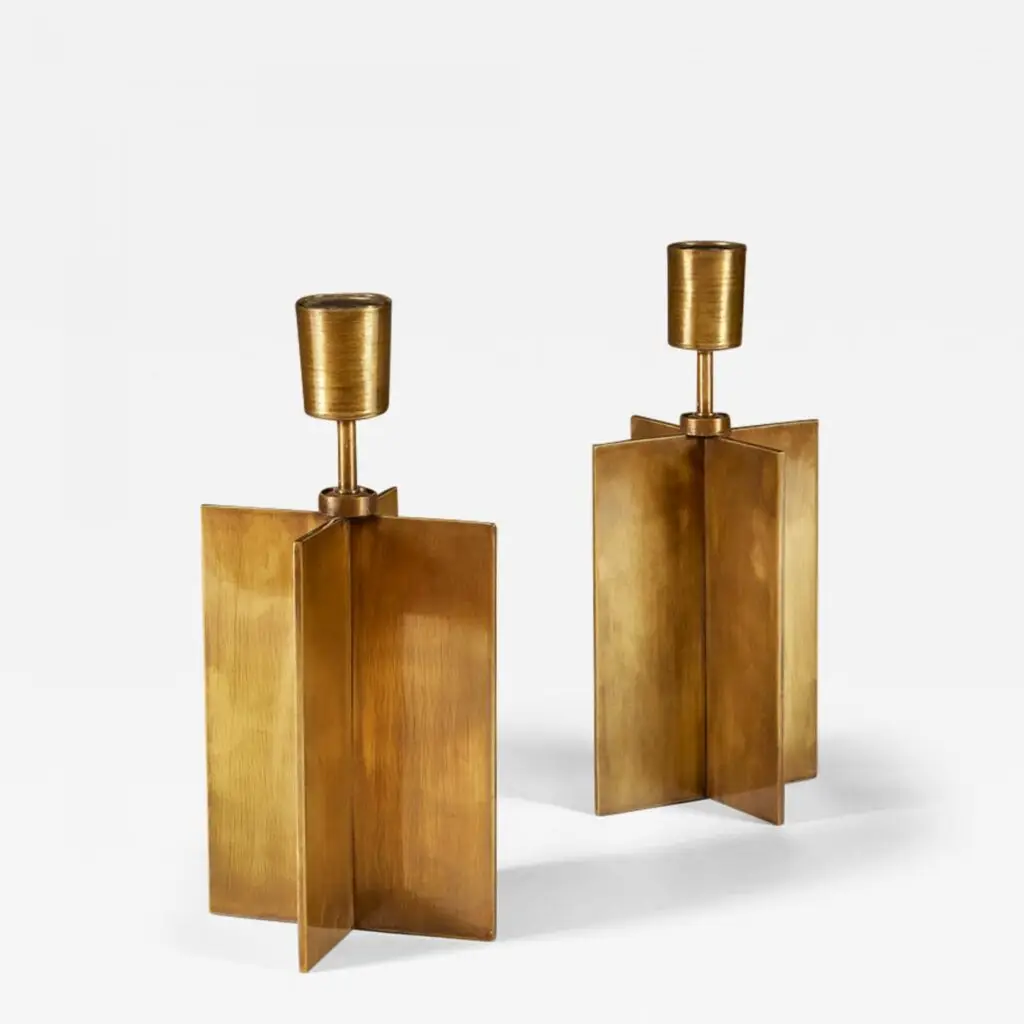
The Art Nouveau and Art Deco Movements (1890-1940)
The late 19th and early 20th centuries marked the true golden age of brass furniture. The Art Nouveau movement (1890-1910) embraced brass as a medium for expressing organic, flowing forms in furniture design. Craftsmen like Louis Majorelle and Émile Gallé created pieces that combined brass with other materials in unprecedented ways.
The subsequent Art Deco period (1920-1940) represented the apex of brass furniture design. This era saw the emergence of iconic designers who revolutionized the use of brass in furniture:
- Jacques-Émile Ruhlmann, who elevated brass furniture to high art
- Edgar Brandt, who combined brass with iron in innovative ways
- Jean-Michel Frank, who incorporated brass into minimalist designs
Modern Era and Contemporary Revival (1940-Present)
The mid-20th century saw a shift toward more minimalist design aesthetics, but brass furniture maintained its presence through designers like Paul Evans and Karl Springer. The 1970s brought a renewed interest in brass furniture, particularly in the form of brass and glass tables and brass-framed chairs.
Contemporary design has seen a significant revival of interest in handforged brass furniture, with designers combining traditional craftsmanship with modern aesthetics. This renaissance has been driven by:
- Increased appreciation for artisanal craftsmanship
- Growing interest in sustainable and durable materials
- Revival of Art Deco and mid-century modern design influences
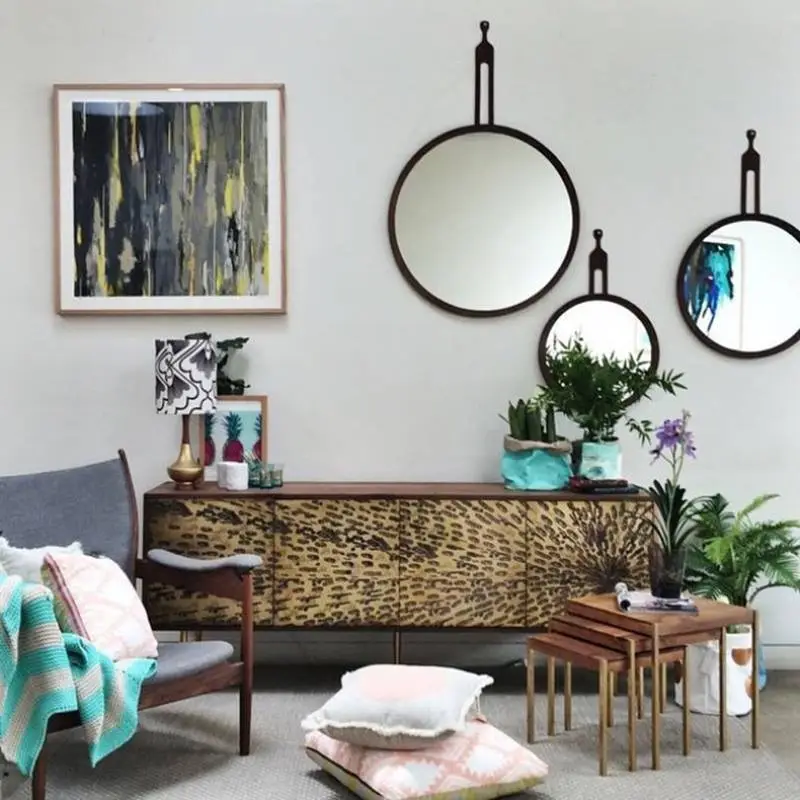
Technical Characteristics and Benefits
Material Properties
Brass furniture’s enduring popularity can be attributed to its exceptional material properties:
- Durability and Strength
- High tensile strength (ranging from 250-400 MPa)
- Excellent resistance to wear and fatigue
- Ability to maintain structural integrity under various environmental conditions
- Corrosion Resistance
- Natural resistance to oxidation
- Formation of protective patina
- Suitable for both indoor and outdoor applications
- Antimicrobial Properties
- Natural ability to kill harmful bacteria
- Self-sanitizing surface
- Ideal for high-traffic furniture pieces
- Thermal Properties
- Good heat conductivity
- Resistant to temperature-induced deformation
- Maintains structural integrity in varying temperatures
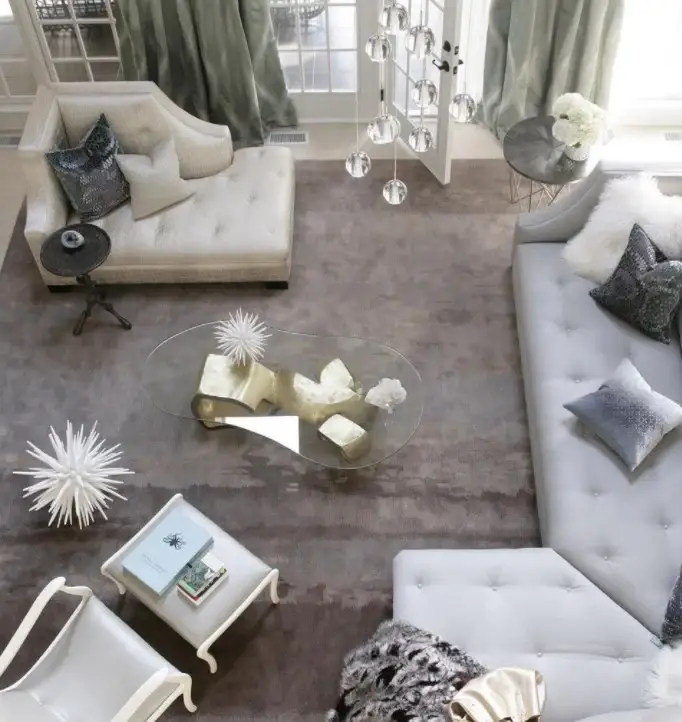
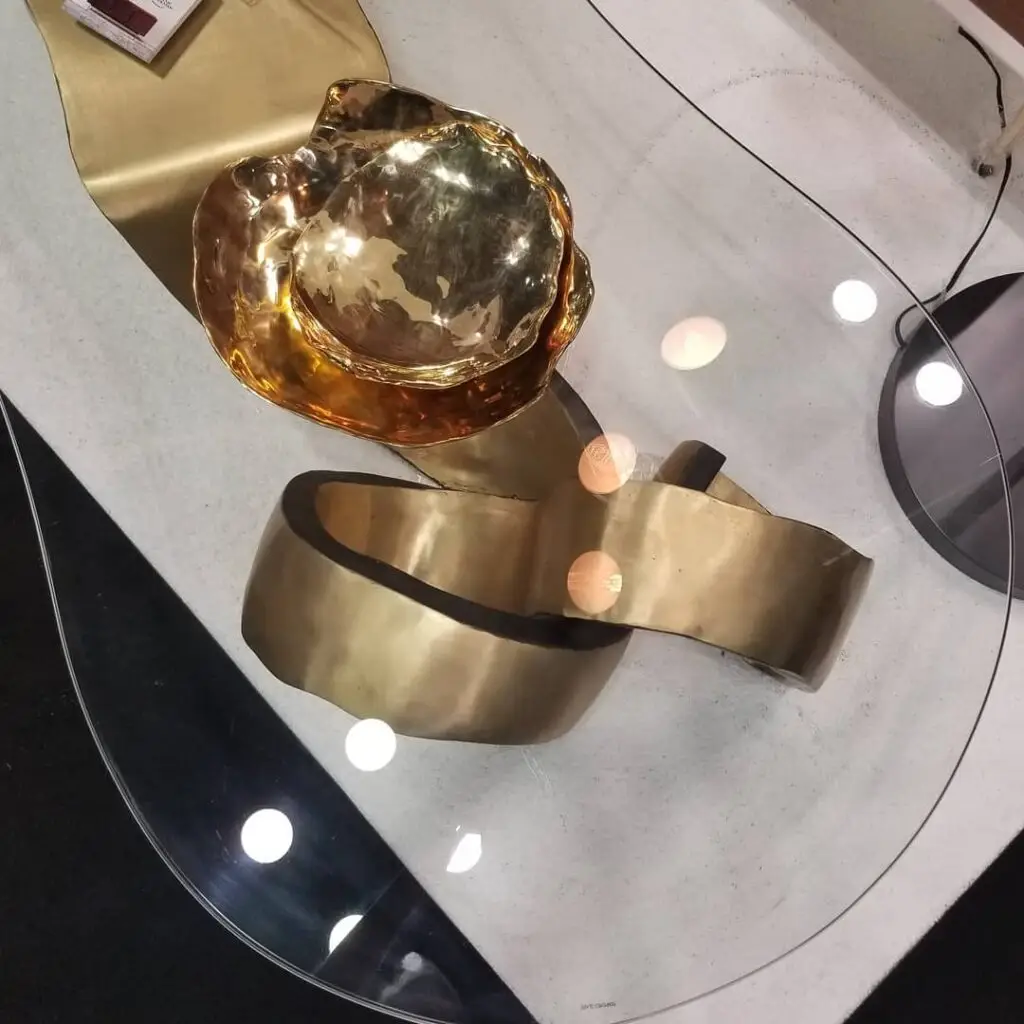
Manufacturing Advantages
The manufacturing process of brass furniture offers several distinct advantages:
- Fabrication Flexibility
- Can be cast, forged, or machined
- Accepts various surface treatments
- Allows for intricate detail work
- Joining Capabilities
- Excellent welding properties
- Can be soldered or brazed
- Compatible with mechanical fastening methods
- Finishing Options
- Accepts various polishing techniques
- Can be patinated or chemically treated
- Maintains finish integrity over time
Design Elements
Key design elements in brass furniture include:
- Structural Components
- Frame design and construction
- Support systems and bracing
- Connection methods and hardware
- Decorative Elements
- Surface treatments and finishes
- Ornamental details
- Pattern and texture integration
- Functional Features
- Hardware design and placement
- Adjustable components
- Storage solutions
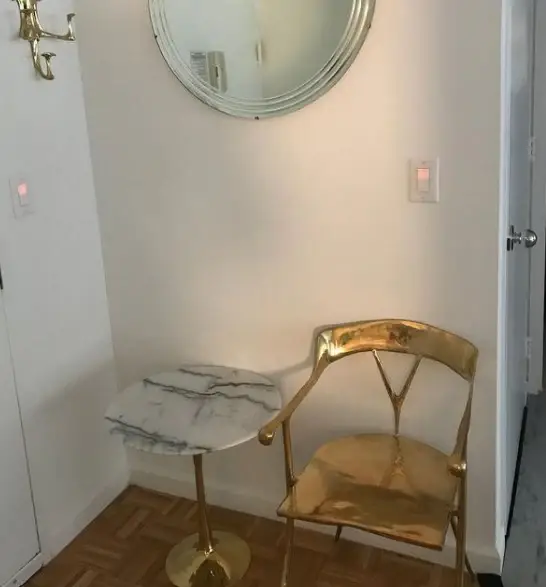
Applications and Uses
Brass furniture finds numerous applications in residential settings:
- Living Rooms
- Coffee tables and side tables
- Display cabinets and shelving units
- Lighting fixtures and accessories
- Dining Rooms
- Dining tables and chairs
- Sideboards and buffets
- Bar carts and serving stations
- Bedrooms
- Bed frames and headboards
- Nightstands and dressers
- Vanity tables and mirrors
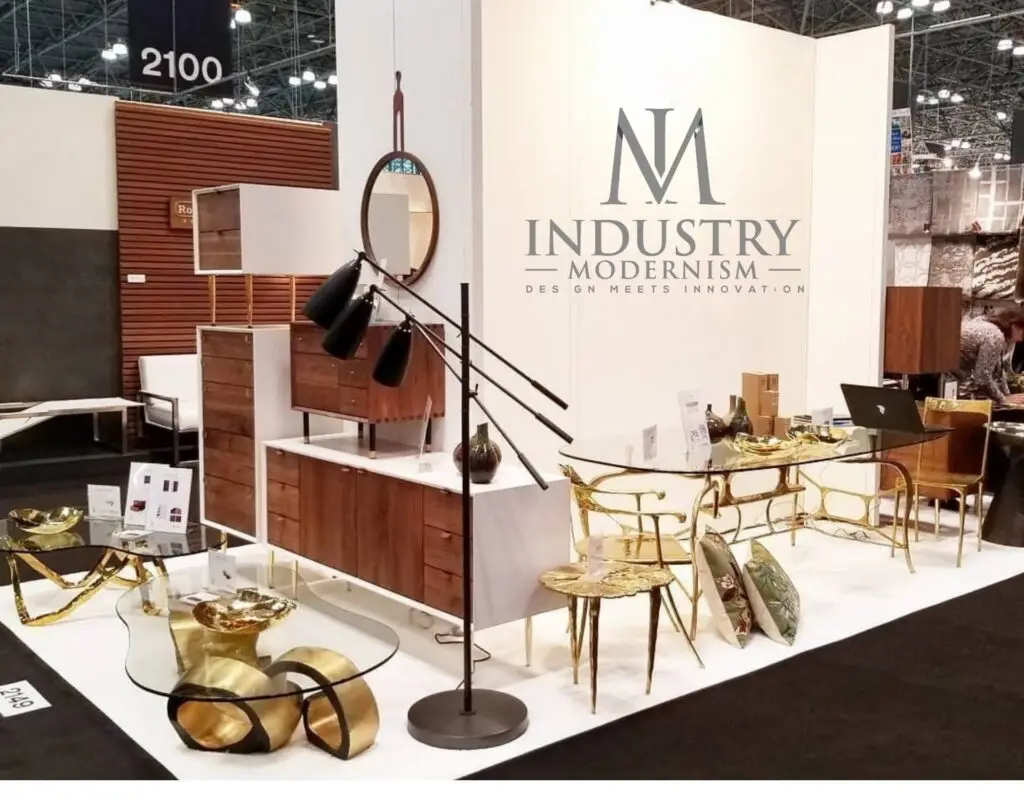
Handforged brass furniture represents a unique combination of historical tradition, technical excellence, and design innovation. Its evolution from ancient decorative elements to contemporary luxury pieces demonstrates its enduring appeal and versatility. As we move forward, the continued development of brass furniture will likely be characterized by:
- Integration of traditional craftsmanship with modern technology
- Innovation in design and functionality
- Growing appreciation for sustainable and durable materials
- Continued evolution of aesthetic approaches
The future of brass furniture appears bright, with new generations of designers and craftsmen continuing to explore and expand the possibilities of this remarkable material. As our understanding of sustainable design and manufacturing continues to evolve, brass furniture is well-positioned to maintain its status as a premier choice for both residential and commercial applications.
The legacy of handforged brass furniture, built over millennia of human craftsmanship and innovation, continues to influence and inspire contemporary design. Its combination of beauty, durability, and versatility ensures its place in the future of furniture design and manufacturing, making it a truly timeless element of our material culture.

One Comment
I do consider all the ideas you have presented for
your post. They are very convincing and can certainly work.
Still, the posts are too quick for novices. May just you please extend them a bit from subsequent time?
Thank you for the post.